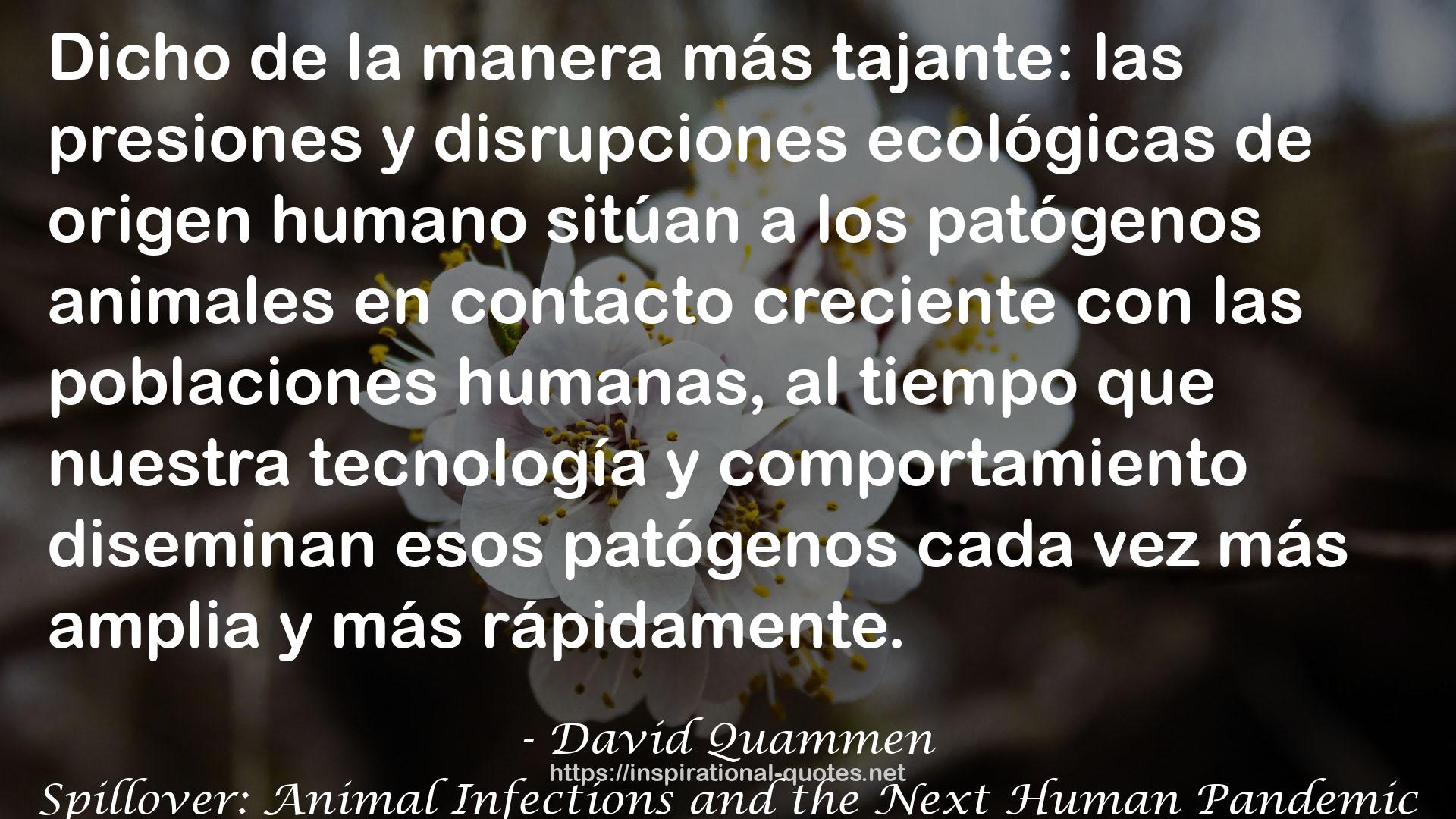98
" The transmission of SARS, Dwyer said, seems to depend much on super spreaders—and their behavior, not to mention the behavior of people around them, can be various. The mathematical ecologist’s term for variousness of behavior is “heterogeneity,” and Dwyer’s models have shown that heterogeneity of behavior, even among forest insects, let alone among humans, can be very important in damping the spread of infectious disease.
“If you hold mean transmission rate constant,” he told me, “just adding heterogeneity by itself will tend to reduce the overall infection rate.” That sounds dry. What it means is that individual effort, individual discernment, individual choice can have huge effects in averting the catastrophes that might otherwise sweep through a herd. An individual gypsy moth may inherit a slightly superior ability to avoid smears of NPV as it grazes on a leaf.
An individual human may choose not to drink the palm sap, not to eat the chimpanzee, not to pen the pig beneath mango trees, not to clear the horse’s windpipe with his bare hand, not to have unprotected sex with the prostitute, not to share the needle in a shooting gallery, not to cough without covering her mouth, not to board a plane while feeling ill, or not to coop his chickens along with his ducks. “Any tiny little thing that people do,” Dwyer said, if it makes them different from one another, from the idealized standard of herd behavior, “is going to reduce infection rates. "
― David Quammen , Spillover: Animal Infections and the Next Human Pandemic

